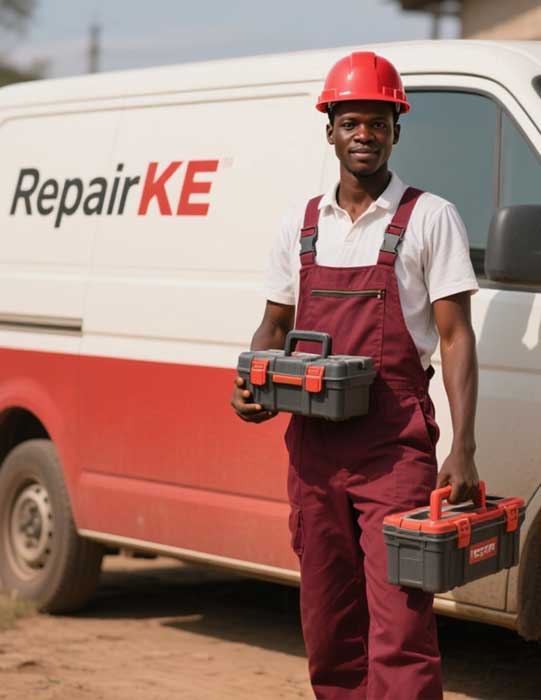
Common Public Address Systems Faults, Errors, and Problems and Their Solutions
Public address (PA) systems are critical for delivering clear audio in various settings, including schools, offices, event venues, and public spaces. However, these systems are prone to faults, errors, and problems that can disrupt communication. This article provides a comprehensive overview of common PA system issues, their causes, and effective solutions, ensuring optimal performance and reliability.
Overview of Public Address Systems
A public address system comprises microphones, amplifiers, speakers, and associated wiring or wireless components designed to broadcast audio to large audiences. Faults in these systems can stem from hardware malfunctions, improper setup, or environmental factors. Identifying and resolving these issues promptly is essential to maintain functionality.
Common Faults, Errors, and Problems
Below is a detailed examination of frequent PA system issues, their causes, and recommended solutions.
1. No Sound Output
Description: The system produces no audio despite being powered on.
Causes:
- Disconnected or faulty cables.
- Mute settings enabled on the amplifier or microphone.
- Power supply issues or blown fuses.
Solutions: - Inspect and secure all cable connections, replacing damaged cables if necessary.
- Check the amplifier and microphone settings to ensure they are not muted.
- Verify the power supply and replace any blown fuses with the correct rating.
2. Distorted or Low-Quality Sound
Description: Audio output is unclear, crackling, or distorted.
Causes:
- Overloaded amplifier due to excessive input levels.
- Damaged speakers or worn-out drivers.
- Incorrect equalizer settings.
Solutions: - Adjust input levels to prevent amplifier overload, ensuring they remain within the recommended range.
- Test speakers and replace any with damaged cones or drivers.
- Fine-tune equalizer settings to balance frequencies, reducing distortion.
3. Feedback or Squealing Noises
Description: High-pitched squealing or howling noises occur during operation.
Causes:
- Microphone placed too close to speakers, creating a feedback loop.
- Improper gain settings on the amplifier.
- Room acoustics amplifying feedback.
Solutions: - Reposition microphones away from speakers or use directional microphones to minimize feedback.
- Lower the gain on the amplifier or microphone to reduce sensitivity.
- Install acoustic panels or adjust speaker placement to mitigate room echo.
4. Intermittent Audio Dropouts
Description: Sound cuts in and out unpredictably.
Causes:
- Loose or corroded connections.
- Wireless interference in systems using radio frequencies.
- Overheating components.
Solutions: - Tighten all connections and clean corroded terminals with contact cleaner.
- For wireless systems, switch to a less congested frequency channel or eliminate nearby sources of interference (e.g., Wi-Fi routers).
- Ensure proper ventilation for amplifiers and other components to prevent overheating.
5. Microphone Malfunctions
Description: Microphones fail to pick up sound or produce weak signals.
Causes:
- Faulty microphone cables or connectors.
- Low battery in wireless microphones.
- Incorrect microphone type for the system.
Solutions: - Replace damaged cables or connectors and test with a known working microphone.
- Replace batteries in wireless microphones or recharge them if applicable.
- Ensure the microphone is compatible with the PA system’s input requirements.
Preventive Maintenance Tips
To minimize faults and prolong the lifespan of a public address system, regular maintenance is crucial. Key practices include:
- Routine Inspections: Check cables, connectors, and speakers for wear and tear monthly.
- Cleaning: Dust components regularly to prevent buildup that can cause overheating or poor connections.
- Testing: Conduct periodic sound tests to identify potential issues before events.
- Professional Servicing: Schedule annual maintenance with a qualified technician to calibrate and optimize the system.
Importance of Timely Troubleshooting
Addressing PA system issues promptly prevents minor faults from escalating into costly repairs. For complex problems, such as internal amplifier failures or advanced acoustic issues, consulting a professional audio technician is advisable. Technicians can use diagnostic tools to pinpoint issues accurately and implement effective solutions.
Final Considerations
Maintaining a reliable public address system requires vigilance and proactive care. By understanding common faults—such as no sound, distortion, feedback, dropouts, and microphone issues—and applying the outlined solutions, users can ensure consistent audio performance. Regular maintenance and timely troubleshooting are key to delivering clear, uninterrupted communication in any setting.




